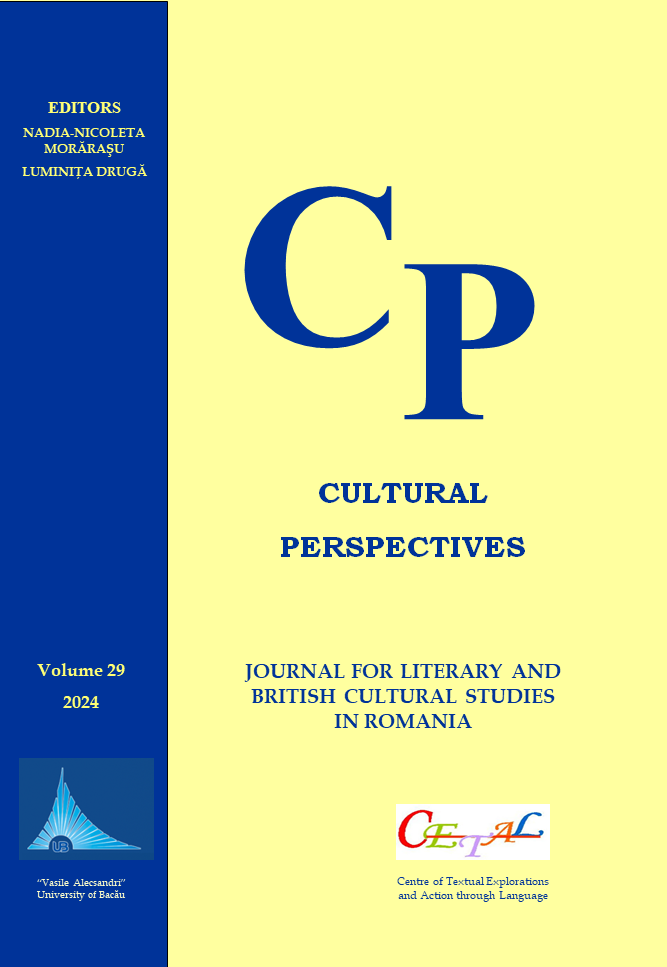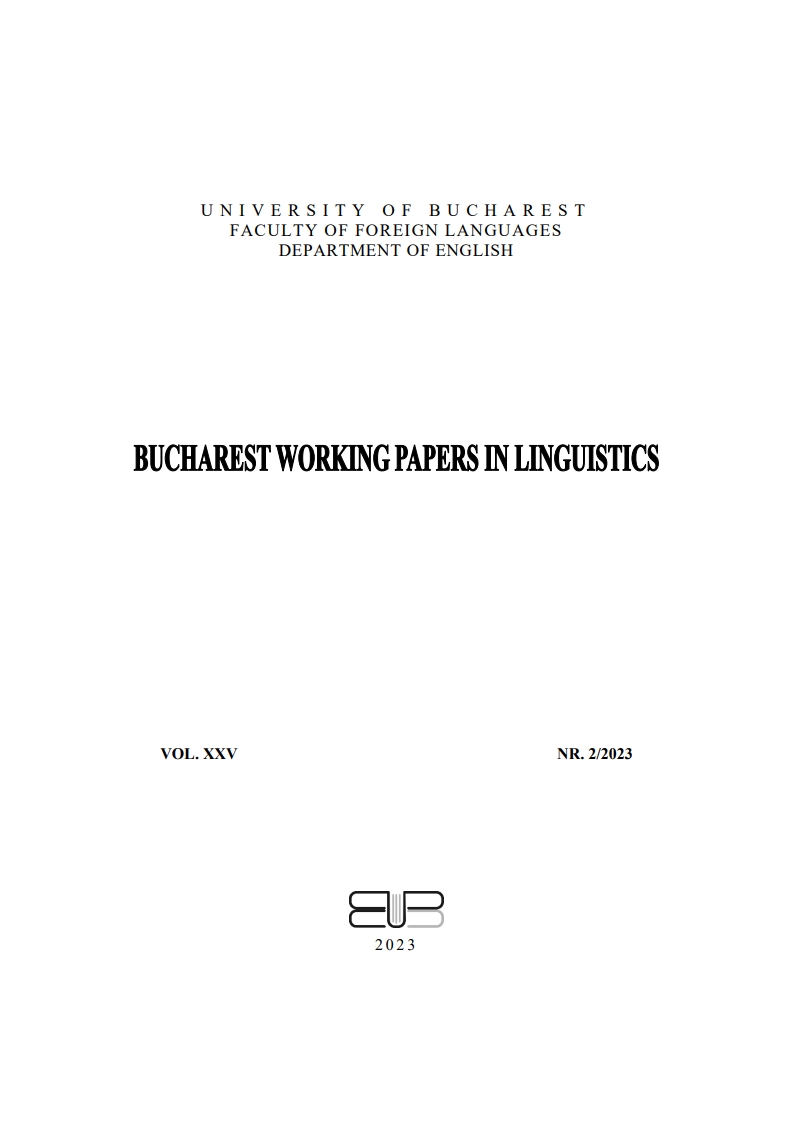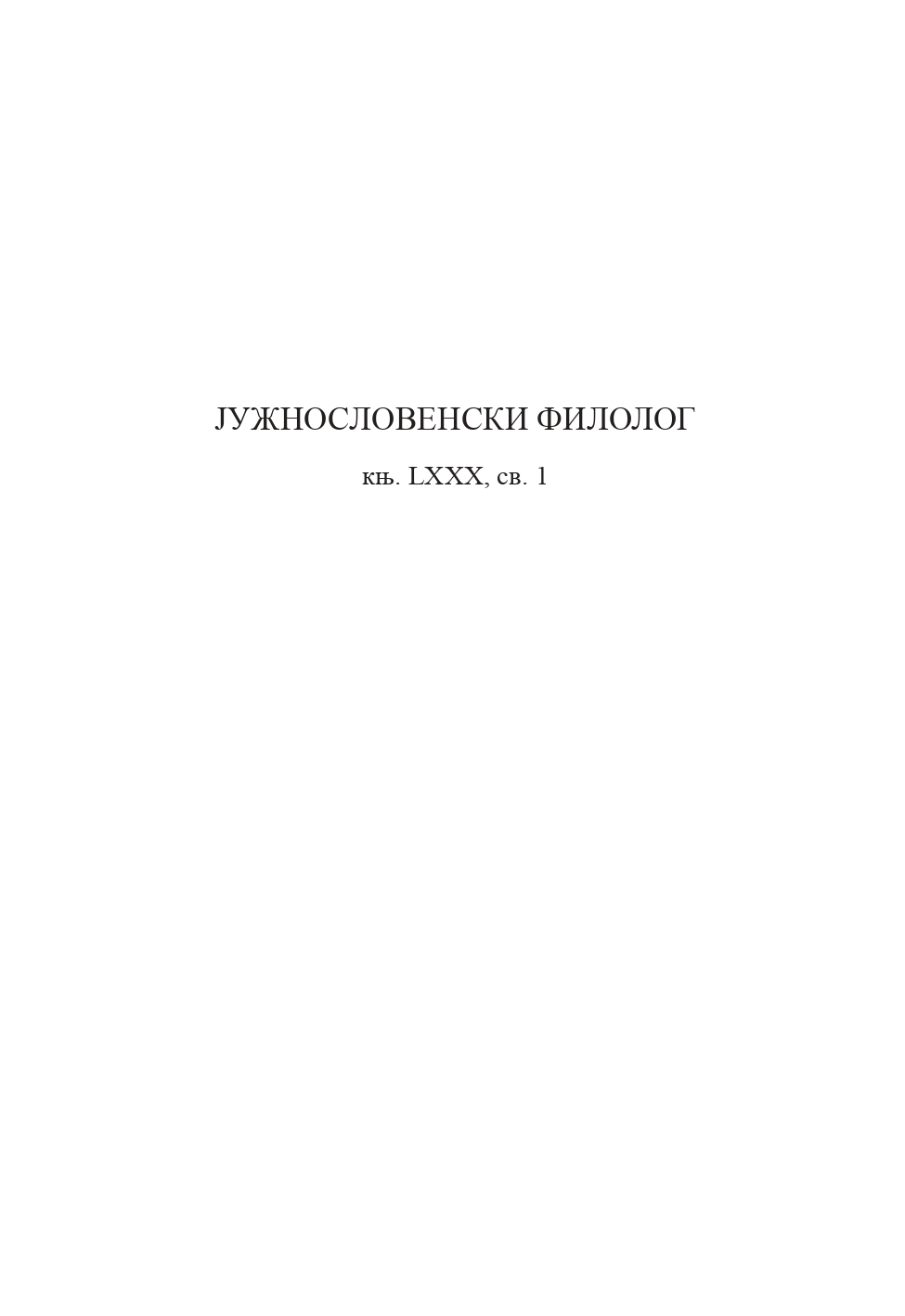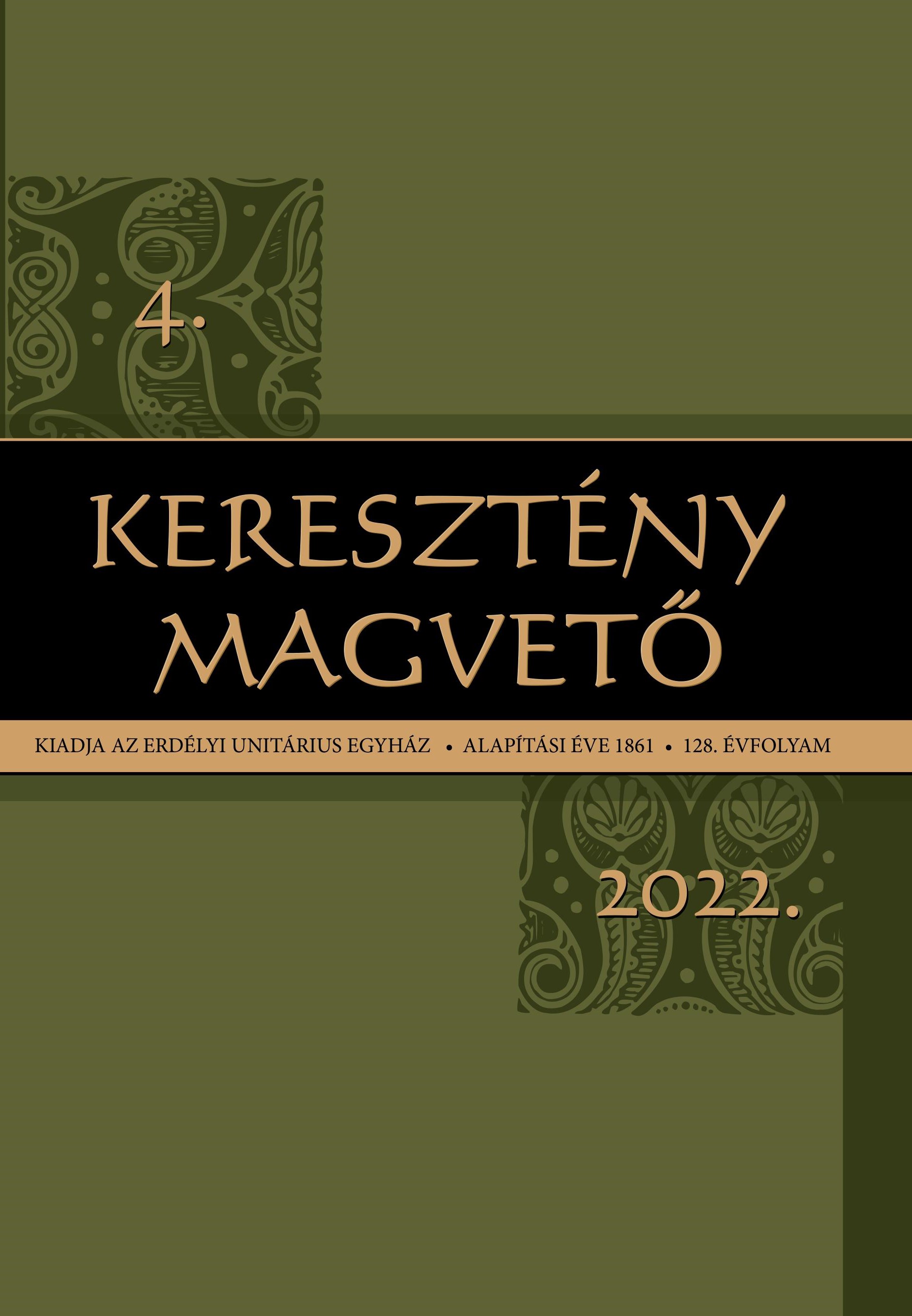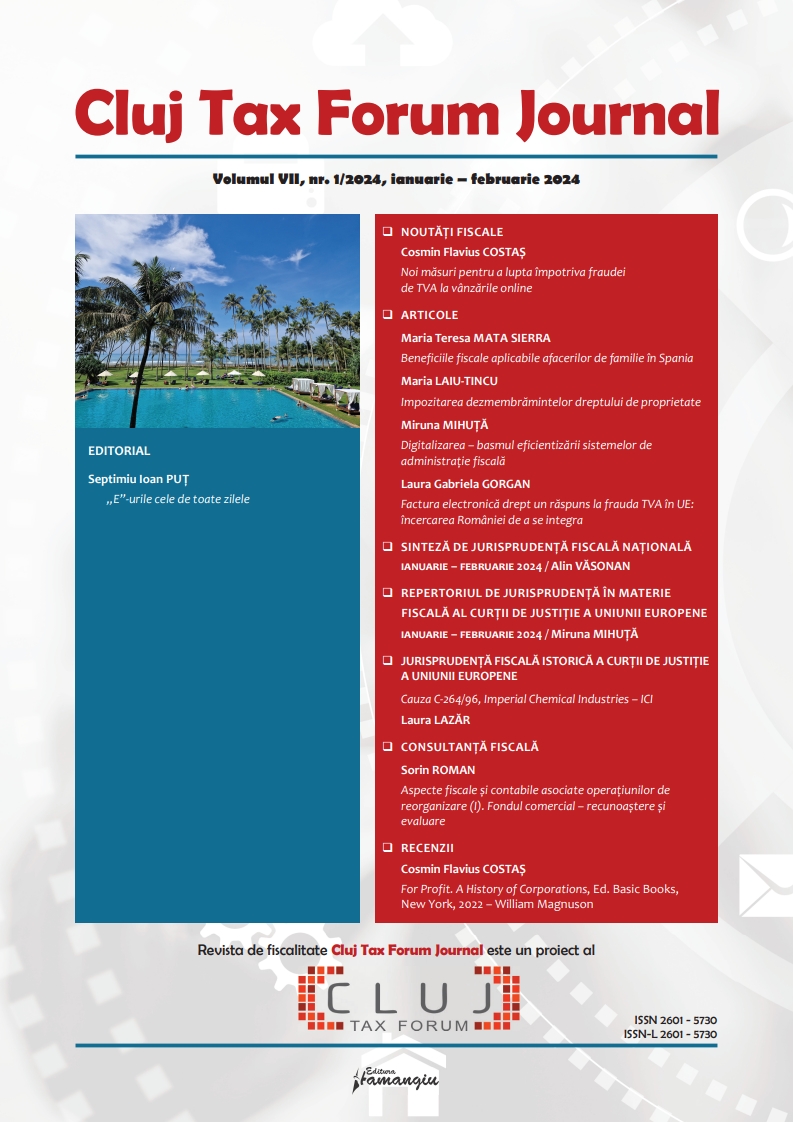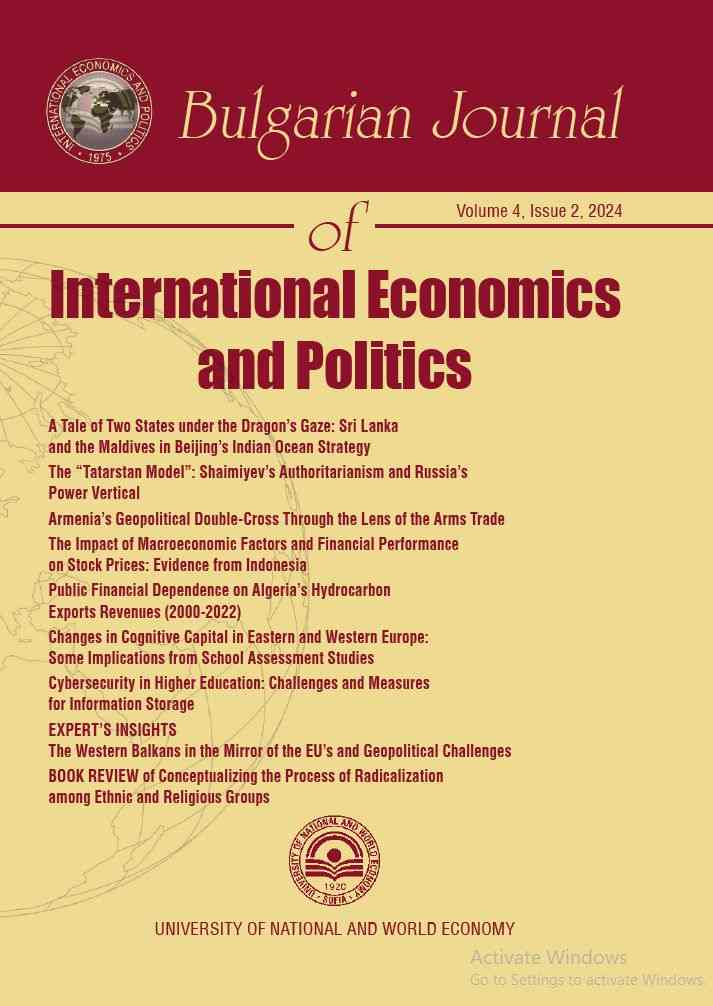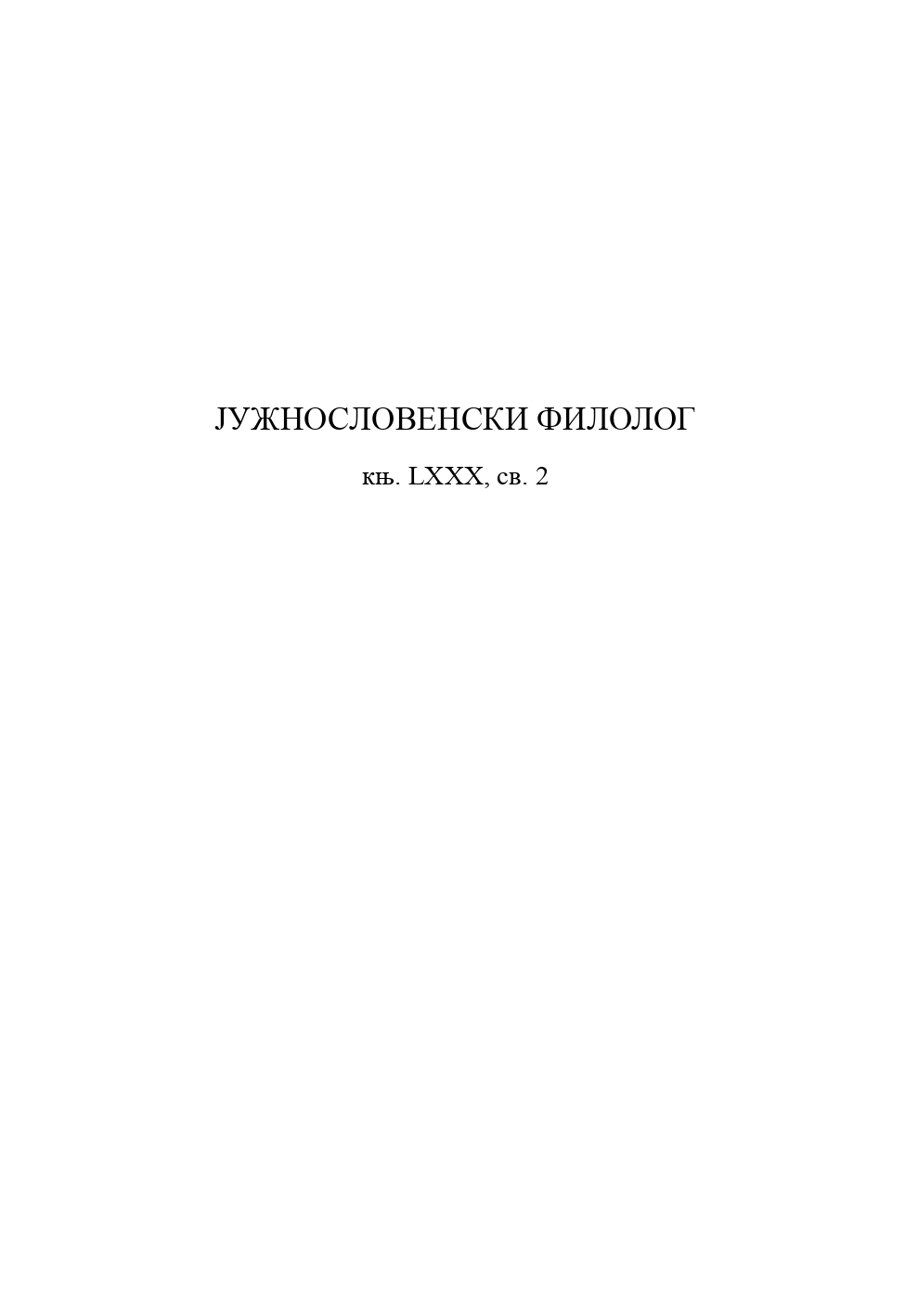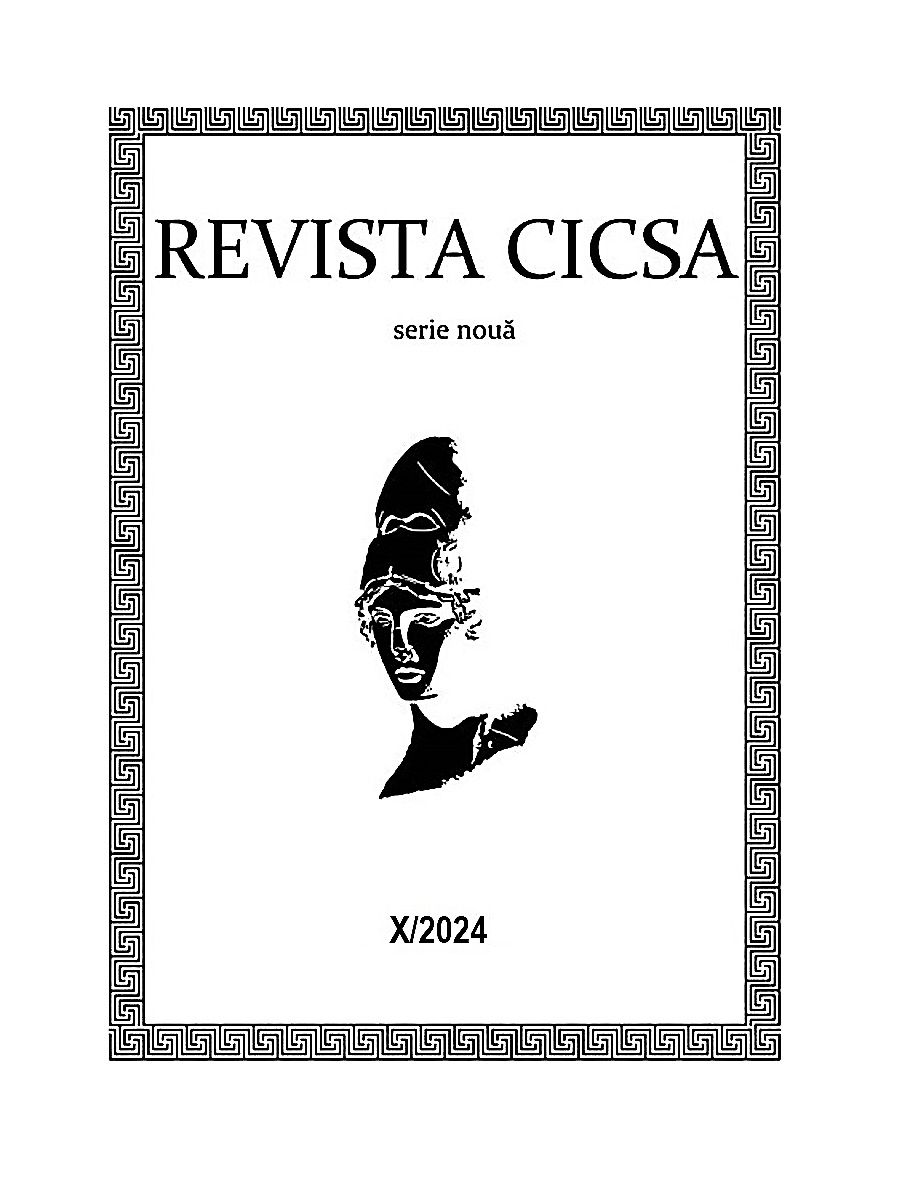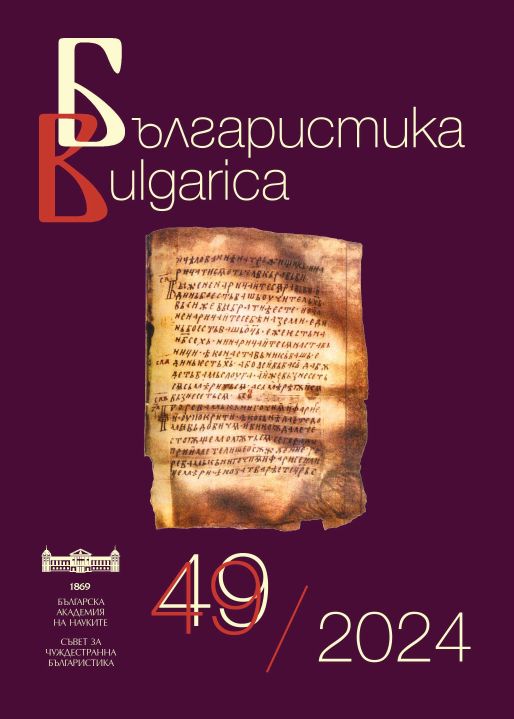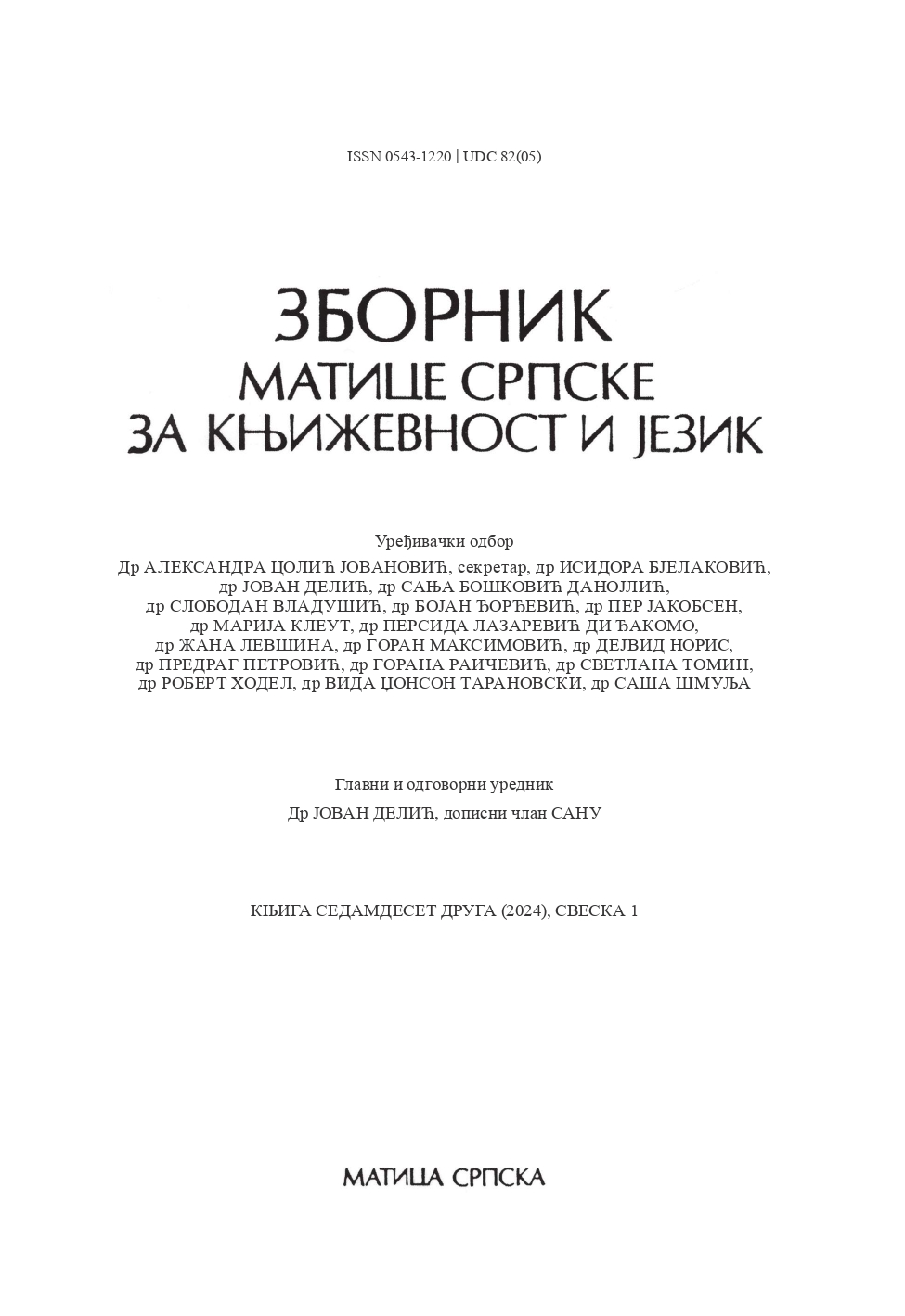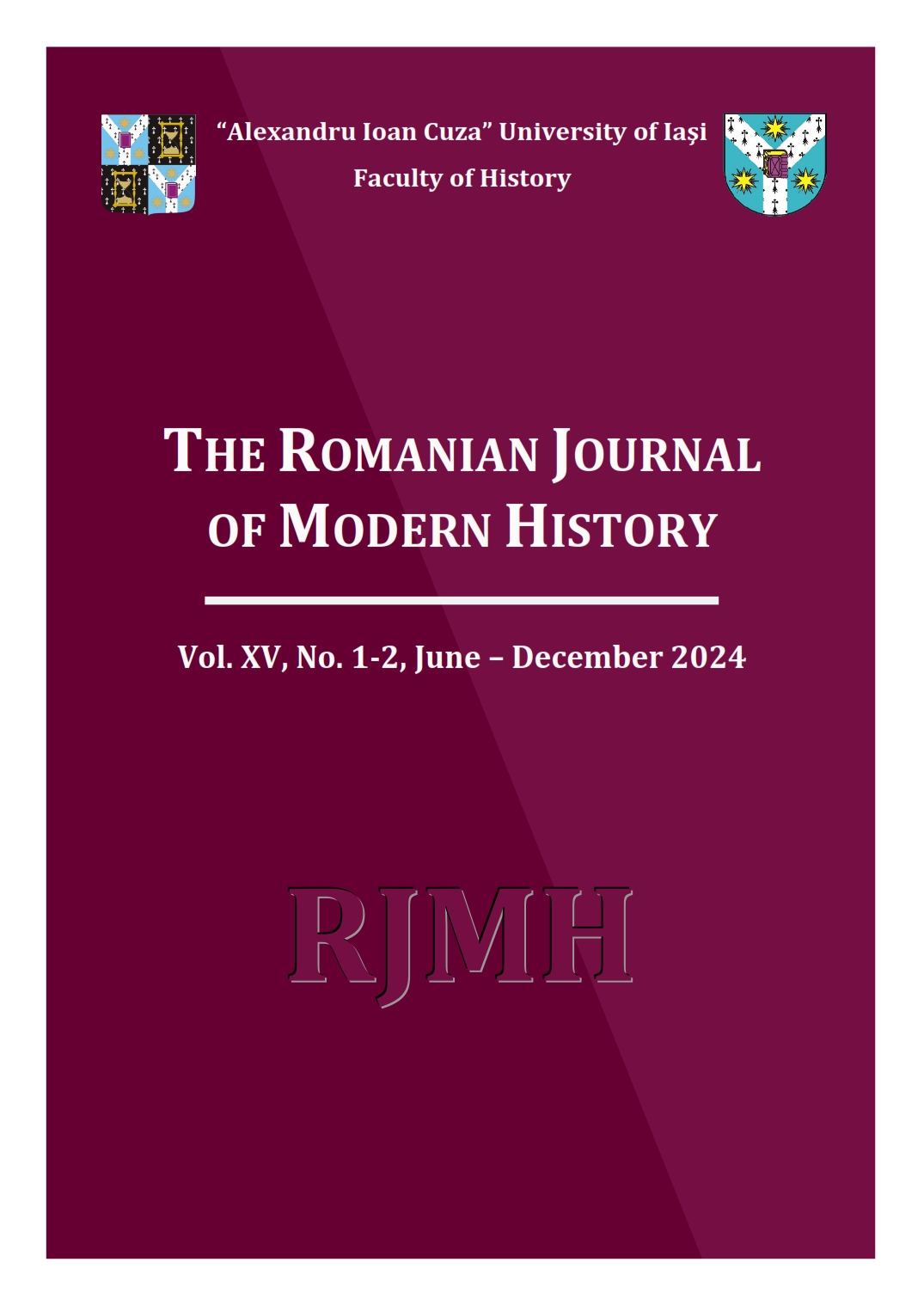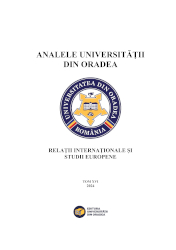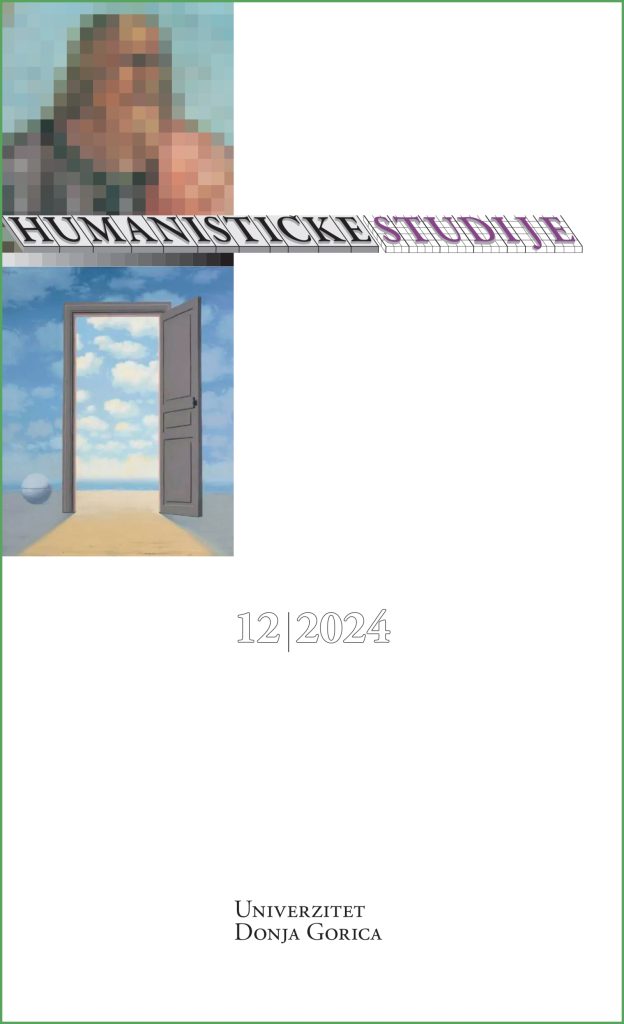
Cenzura i uskraćivanje informacija radi višeg dobra
Sloboda štampe spada među najznačajnija moralna prava slobodnih ljudi. Posebno novinari koriste prednosti tog prava od koga u idealnom slučaju svaka osoba ima koristi. Već smo primetili da sloboda štampe nije neko apsolutno ili bezuslovno pravo. To pravo se uživa unutar granica ustanovljenih na osnovu drugih legitimnih društvenih interesa, posebno kad su u pitanju bezbednost i zaštita prava svih članova društva. Postoje situacije u stvarnom životu kada je u javnom interesu da temeljni princip novinarske etike, princip maksimalizovanja relevantnog govorenja istine, bude ograničen. Kad se izveštaji cenzurišu ili dobrovoljno ne objavljuju radi višeg dobra, uvek moraju da postoje dobri razlozi za takav postupak, i uvek bi trebalo da postoji i izričita odredba za kasniji povraćaj punih novinarskih sloboda što je brže moguće.
More...
